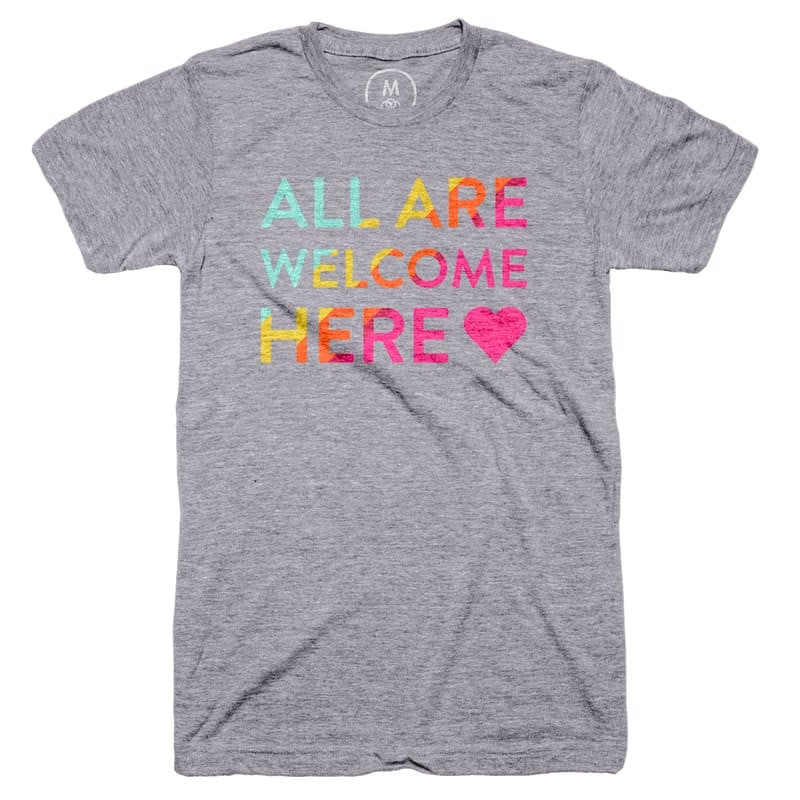In the vibrant tapestry of contemporary fashion, few garments weave the stories of strife, resilience, and activism quite like the humble T-shirt. Make no mistake; this is not merely a piece of fabric. This is a canvas for expression, a shield against indifference, and a battleground for ideas. The allure of war T-shirts transcends mere aesthetic appeal—these designs encapsulate powerful messages, transforming the wearer into a walking manifesto. Who decides the narratives that saturate cloth and crowdsource opinions? Let’s embark on this journey to unearth the relationship between fashion and activism in the realm of war T-shirts.
Picture a bustling street festival, where vibrant colors and spirited chatter fill the air. Amidst the cacophony, eyes are drawn to a myriad of T-shirts emblazoned with messages that resonate deeply. Here, the question pivots: Who crafts these slogans? Who decides their distribution and visibility? The answer, intriguingly, lies with an eclectic mix of individuals—designers, activists, brands, and even the common folk. Together, they form a multifaceted collective that breathes life into the fabric of activism.
As we delve into the world of war T-shirts, it’s essential to recognize the role of designers. These creative minds often stand at the forefront of fashion activism, channeling their artistic prowess into provocative designs. They don’t just create; they envision a world where garments serve as vessels of change. Think graphic designers juxtaposing iconic imagery with compelling phrases that challenge societal norms. The best of these designs inspire conversation and provoke thought, igniting a sense of responsibility in the wearer. Yet the question remains: Is this mere fashion, or is it an awakening?
Activism isn’t confined to boardrooms or diplomatic summits; it permeates everyday life, often seen in the statements people choose to wear. With every T-shirt worn, a blend of personal identity and broader social issues is presented. War T-shirts, in particular, often embrace themes of peace, protest, and solidarity. The bold graphics and unapologetic slogans create an emotional resonance, provoking not just awe but a call to action. The choice to don such a shirt can signify alignment with a cause or a rejection of complacency. It’s this connective tissue—where individual expression meets collective action—that gives these garments their potency.
Transitioning from the conceptualization of a T-shirt design, we arrive at the production and distribution realm. Brands play a pivotal role here, exercising significant influence over which messages make their way to the public. In this intricate dance, mainstream labels may opt for designs that generate profit rather than provoke meaningful dialogue. However, independent artists and grassroots movements often cut through this commercial lens, driving home messages that resonate with raw authenticity. Their creations bear witness to the unsung struggles of communities, encapsulating narratives often ignored in the mainstream discourse.
Now, let’s address the playful challenge of responsibility. Wearing a war T-shirt is more than a fashion statement; it’s an implicit social contract. Are you ready to engage with the narrative behind your shirt? When people don a T-shirt emblazed with a hashtag or a powerful image, they invite discussion. But this invitation also demands that they stay informed and authentic in their endorsement. The T-shirt becomes a badge, one that can engender pride but may also expose the wearer to critique should their understanding of the issue be superficial. So, as you choose your next war T-shirt, ponder, what story do you wish to tell?
Let’s not overlook the power of social media in amplifying the messages contained in these garments. In the digital age, influencers wield considerable sway over consumer choices. A picture posted in a war T-shirt can reach thousands, perhaps millions, sparking conversations that would otherwise linger in silence. The hashtags accompanying these images can unify disparate voices around a shared cause, slashing through the noise of indifference. This phenomenon introduces an intriguing dynamic: Does the intention of the original designer get diluted as the message spreads like wildfire through these virtual channels?
Indeed, the essence of community engagement emerges here. A war T-shirt can become a rallying cry, fostering solidarity among diverse groups. When a community rallies around a shared message, the boundaries of individualism dissolve. Think of marches, demonstrations, or even casual gatherings where groups don matching war T-shirts—not just as clothing but as a manifestation of unity. They turn fabric into a badge of belonging, illustrating how activism can thrive across various contexts.
As we explore the implications of wearing a war T-shirt, we must confront the concept of commodification. Can activism coalesce with capitalism? As brands capitalize on the desire for social justice, the waters become murky. When wearing a war T-shirt shifts from a philosophy to a fashion trend, does it lose its potency? This raises another challenge: how do we navigate this complex interplay without falling into the trap of performative activism? Genuine engagement requires continuous education and dialogue; it’s a marathon, not a sprint.
The best way forward is to forge a deeper connection with the causes represented by war T-shirts. Consider seeking out independent artists, supporting local designers committed to social issues, and researching the implications of the messaging tied to the fabric you wear. After all, clothing is a powerful medium for expressing values and beliefs. When you embrace a war T-shirt, you’re diving into a rich history of activism while crafting your unique narrative that intertwines with others in the quest for justice.
Ultimately, the decision of what to wear, especially when it comes to war T-shirts, lies in the hands of consumers. This democratic choice shapes the cultural landscape and affects the dialogues we initiate. So, the next time you pull a war T-shirt over your head, pause for a moment. Revel in the history, the messages, and the potential impact of your choice. By doing so, you contribute to this magnificent tapestry of activism and fashion, where every thread tells a story and every design has the power to unite.

